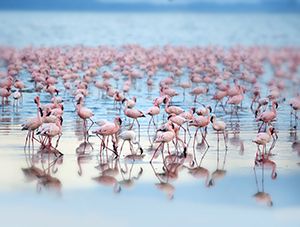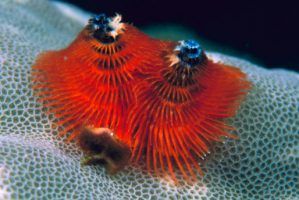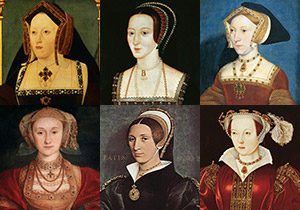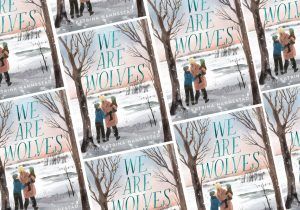
Human eye primary resource
Peer into your peepers and find out how we see!
Our Human eye primary resource explains how the human eye works and functions. How do our eyes focus? What’s the purpose of the iris? How do our eyes help us to judge distance? What does it mean to be colour blind?
In these National Geographic Kids Science primary resource sheets, pupils will learn about the different parts of the eye (such as the cornea, pupil, iris, retina and sclera) and how they allow us to see our surroundings. They will also learn the science behind optical illusions and discover some of the most unusual eyes in the animal kingdom.
The teaching resource can be used as printed handouts for each pupil to review and annotate, or for display on the interactive whiteboard for class discussion.
Activity: After reading through, discussing and studying our primary resource sheets, give children a diagram/drawing of the human eye and ask them to label the different parts. You could also provide the pupils with two lists or columns, and set them the task of matching each part of the eye with its corresponding function.
N.B. The following information for mapping the resource documents to the school curriculum is specifically tailored to the English National Curriculum and Scottish Curriculum for Excellence. We are currently working to bring specifically tailored curriculum resource links for our other territories; including South Africa, Australia and New Zealand. If you have any queries about our upcoming curriculum resource links, please email: schools@ngkids.co.uk
This Science primary resource assists with teaching the following Key Stage 1 Science (Year 1) objective from the National Curriculum:
Pupils should be taught to:
- identify, name, draw and label the basic parts of the human body and say which part of the body is associated with each sense
National Curriculum Lower Key Stage 2 Science (Year 3) objectives:
Pupils should be taught to:
- recognise that they need light in order to see things and that dark is the absence of light
- notice that light is reflected from surfaces
- recognise that light from the sun can be dangerous and that there are ways to protect their eyes
National Curriculum Upper Key Stage 2 Science (Year 6) objectives:
- use the idea that light travels in straight lines to explain that objects are seen because they give out or reflect light into the eye
- explain that we see things because light travels from light sources to our eyes or from light sources to objects and then to our eyes
This Science primary resource assists with teaching the following Sciences Early level objectives from the Scottish Curriculum for Excellence:
- I can identify my senses and use them to explore the world around me
Scottish Curriculum for Excellence Sciences First level objectives:
- I have explored my senses and can discuss their reliability and limitations in responding to the environment
Scottish Curriculum for Excellence Sciences Second level objectives:
- I have explored the structure and function of sensory organs to develop my understanding of body actions in response to outside conditions
Download primary resource
More Like

Kenya facts: discover this amazing African country!

The Ocean’s Weirdest Creatures!

The six wives of King Henry VIII









LEAVE A COMMENT
THANK YOU
Your comment will be checked and approved shortly.
WELL DONE,
YOUR COMMENT
HAS BEEN ADDED!
COMMENTS
So cool!
CUSTOMIZE YOUR AVATAR